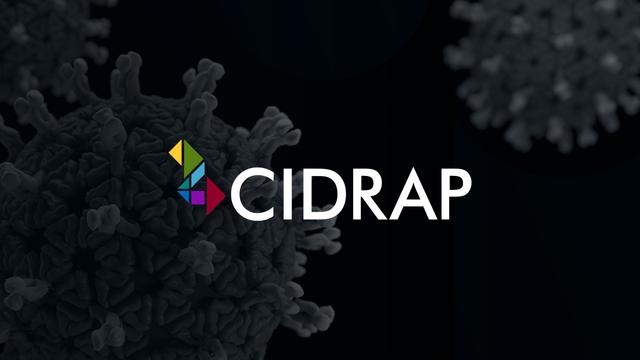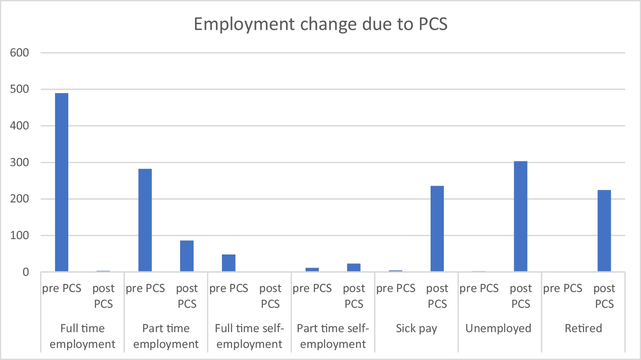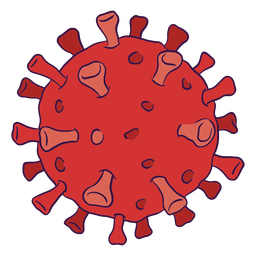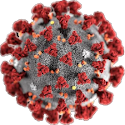Results From the RECOVER-Adult Study: How Social Challenges Affect Risk of Developing Long Covid
Prepared by Solve ME/CFS Initiative
Hashtags:
@longcovid
#LongCovid #PASC #PwLC #postcovid #postcovid19 #LC #Covidlonghaulers #PostCovidSyndrome #longhaulers #COVIDBrain #NeuroPASC
@covid19 #Coronavirus
#COVID19 #COVID #COVID_19 #COVIDー19 #SARSCoV2 @novid@chirp.social #novid @novid@a.gup.pe #CovidIsNotOver
@auscovid19 #auscovid19




